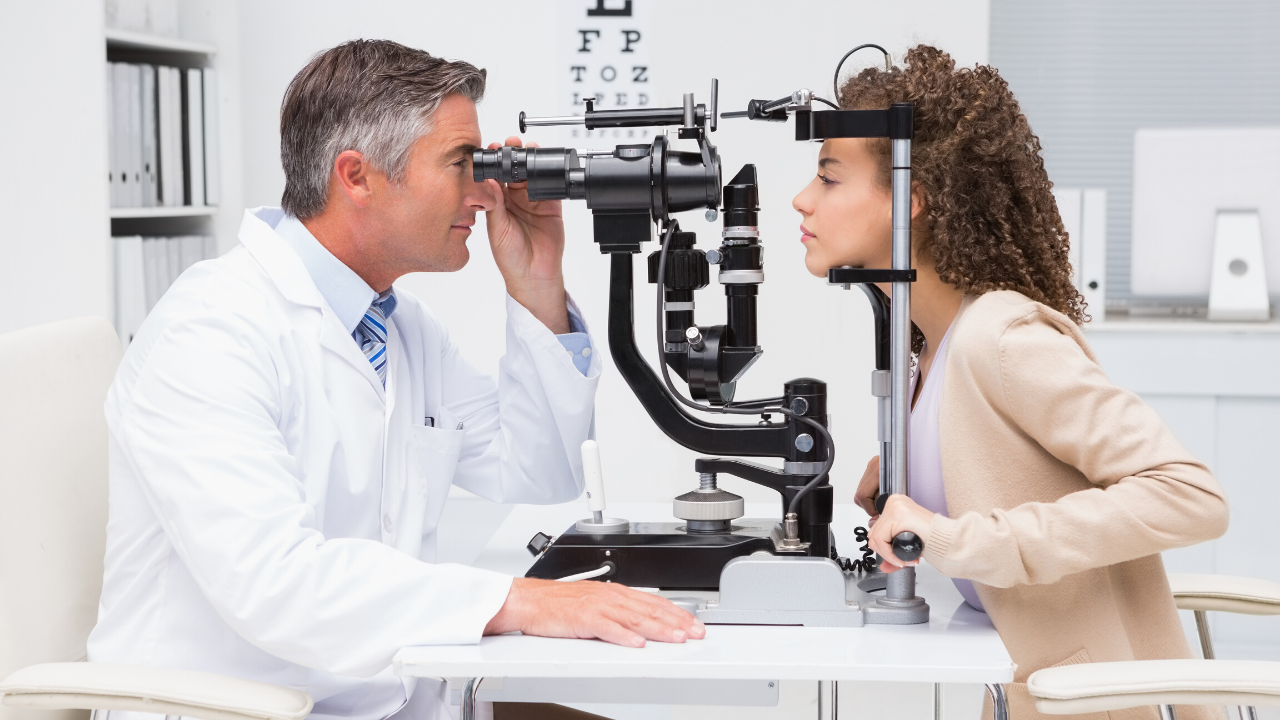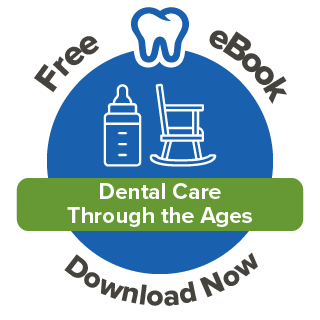By Astrid Graterol on Jul 26, 2022 @ 04:08 PM
An eye exam can save your vision and your overall health.
Key takeaways:
- Almost 60% of people work from home at least one day a week, and 35% work from home every day.
- While working remotely has a lot of advantages, it is hard on your eyes.
- Digital eye strain, also called computer vision syndrome, affects 70% of adults and is caused by an intense focus on a computer screen.
- If you are rubbing your eyes, are more sensitive to light, and fighting blurry vision, it is time for an eye checkup.
- An eye exam does more than check your vision. It is a true window into your overall health and can detect that “invisible, silent killer,” high blood pressure, among other serious diseases.
The pandemic changed so many things, including where and how we work. Beforehand, only about 6% of the workforce worked from home, and 75% of workers had never worked anywhere but in their employer’s offices. By May 2020, more than a third of the employed were working from home. Today, almost 60% work from home at least one day a week, and 35% always work from home.
The remote workforce lifestyle has many advantages. But it can be very hard on your eyes. You may find yourself staring at a computer screen for hours, rubbing your eyes, being more sensitive to light, and fighting blurry vision. If so, it is time for an eye checkup. A vision exam can do more than make you comfortable while you’re working and streaming movies later. It can detect serious health problems about which you may not even know.
The inability to see clearly and comfortably also affects your job performance, reducing productivity. Let us look (no pun intended!) at the importance of regular eye exams, especially when you are working from home.
Surprising risks of untreated eye problems
Eye problems can hurt more than your eyes. An eye exam can detect a number of medical problems, including diabetes, hypertension, aneurysm, brain tumor, and even Lyme disease. When it comes to your mental health, poor eyesight can cause depression, affecting up to 90% of adults with vision loss. Undetected problems with your eyes can also cause vision loss later.
Not to be overly dramatic, but a study concluded that people with vision loss that interferes with their daily activities have a 31% greater chance of dying in the next eight years. This type of vision loss typically occurs in the older population, but younger people are certainly not immune. It is essential to monitor your eye health from an early age to detect diseases.
How working from home can hurt your vision and what can help
If you cannot see properly, your energy drains more easily, and that affects productivity. You might notice you are having issues seeing things up close, which points to digital eye strain. Also called computer vision syndrome (CVS), it affects about 70% of adults. It is caused by spending hours focused on a computer screen. Some research has shown the blue light emitted by that screen can cause retinal damage.
The symptoms of digital eye strain include blurry vision, sore eyes, headaches, dry eye, sensitivity to light, and neck, back, and shoulder pain. Here are simple steps you can take to help:
- Minimize staring at a screen. This causes you to blink up to 66% less, and less blinking means dry eyes. Blinking is essential – it hydrates your eyes and prevents your tears from evaporating immediately.
- Take more breaks. Many people who work from home do not rest their eyes during the workday. When in an office, breaks happen organically. But they are often neglected as part of the remote work lifestyle. When it comes to your eyes, embrace the 20-20-20 rule. This means taking a 20-second break every 20 minutes to look at something at least 20 feet away.
- Change your lighting. Working in a place that is too bright, like your sunny backyard, causes eye strain and headaches. The same can be said of working in a completely dark room. Make sure your screen is bright enough, so you do not have to squint. Also use a screen shield if glare is a problem.
- Move your monitor. The right distance is 20-40 inches away from your face. It’s also important to have the right brightness and contrast, color settings, and flickering rate.
- Consider computer glasses. An eye doctor can modify your usual prescription and create customized computer glasses. These improve your mid-distance vision, and they are effective for those who wear bifocals or progressive lenses.
- Invest in blue light blockers. These are over-the-counter glasses for those who do not normally wear them. There are also clip-on options for computer glasses. Not everyone notices the effects of blue light, but if you do, they can help enormously with eye strain and getting to sleep after a long day.
An eye exam helps with digital eye strain now and prevents bigger problems later
An eye exam can lead to sound advice on how to manage digital eye strain. It can also find issues related to sun exposure, such as cataracts or macular degeneration. Caught early, you can save yourself from permanent vision loss. Maybe you have allergies with burning, itching, redness, and irritation. Your eye doctor can prescribe effective local treatment, in place of an oral antihistamine.
If you are under age 40, you should have a thorough eye exam every five to 10 years. After age 40, you should have an exam every one to two years to detect any health issues early. Vision exams protect your eyes and general health and contribute to an improved remote work lifestyle. Solstice has comprehensive vision plans with an extensive network of eye doctors. We also offer coverage for exams, frames and lenses, contact lenses, and even LASIK. Make an appointment with your eye doctor today.





comments